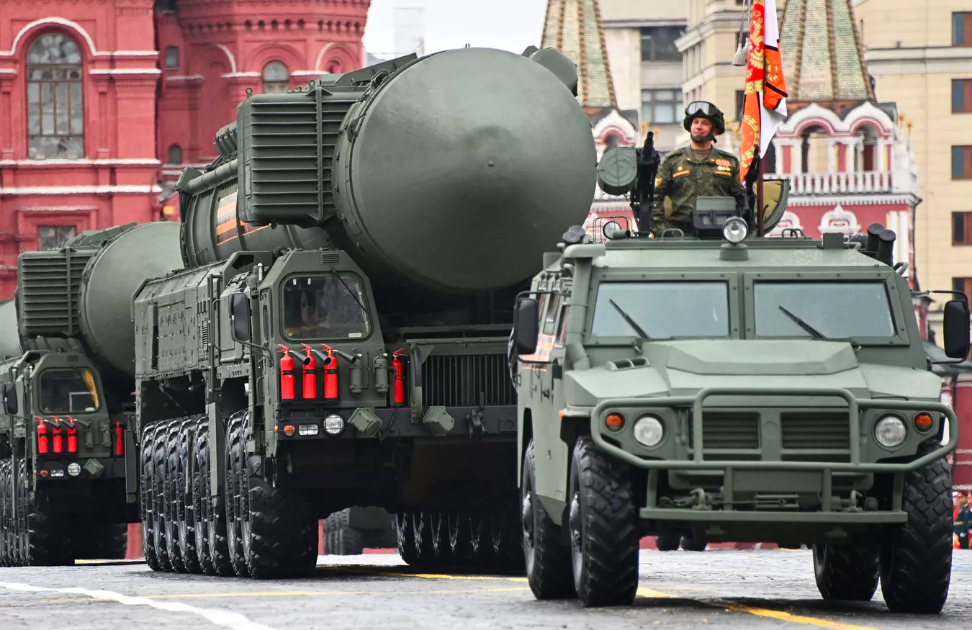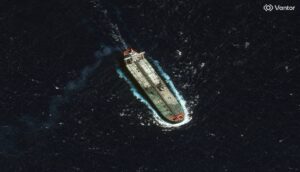
Published 11/27/2024 15:33 | Edited 11/27/2024 15:36
The conflict in Ukraine reaches one of the most critical moments since its outbreak in 2022. In recent weeks, Russian forces have registered significant territorial advances, reaching the largest weekly expansion of 2024, with the capture of around 235 km², according to the group independent news Agency. These advances occur in a context of increasing militarization, nuclear tensions and changes in international support, calling into question the prospects for resolving the conflict.
After two years of relative stagnation, with the front line remaining static over 1,000 kilometers, Russia’s latest advances, which began in July, marked a change in the dynamics of the conflict. The Donetsk region remains the main focus of activity, with Russian forces advancing towards the strategic cities of Pokrovsk and Kurakhove. With a strategy based on siege and heavy artillery attacks, Russia has consolidated its position in strategic locations, while expanding its presence in northern regions, such as Kharkiv.
Russia currently controls about 18% of Ukrainian territory, including all of Crimea, most of Donetsk and Luhansk, and significant portions of the Zaporizhzhia and Kherson regions. President Vladimir Putin, who replaced the defense minister in May, says Russian goals include full control of Donbass and the expulsion of Ukrainian troops from strategic areas such as the Kursk region.
Inside Ukraine, the wear and tear caused by the war is evident. A recent survey revealed that the population is divided, with 52% in favor of a quick end to the conflict, even with territorial losses, while 38% support the continuation of the fight.
Advances on the battlefield
According to data from the DeepStatein November Russian troops captured 600 km² of territory, equivalent to half the area of London, the largest monthly advance since the first days of the invasion. Experts believe that the new Russian military commander, appointed by Vladimir Putin in May, is one of those responsible for the acceleration in the pace of operations.
Russian military bloggers highlight that the strategy of siege and intensive bombing has made it possible to consolidate territorial gains, while Ukrainian troops are facing difficulties in containing the advance. The Russian Defense Ministry announced on Tuesday the capture of the village of Kopanky in the Kharkiv region, one of the hotbeds of military activity north of Donetsk.
Military spending and arms race
The Russian Parliament approved a record military budget for 2025, equivalent to $125 billion, the largest since the Soviet era. On the other hand, Ukraine has also significantly increased its defense investments, allocating 26% of its GDP to military spending, an amount that exceeds US$53 billion.
The war enters a critical phase, with Russia deploying intermediate-range hypersonic missiles in Ukraine and unconfirmed reports of North Korean troops fighting alongside Russian forces. Moscow and Pyongyang have not officially confirmed the presence of these contingents, but the possible alliance adds a worrying element to the conflict.
However, Ukraine faces logistical and political challenges in maintaining its resilience. Delays in sending Western weapons and a possible reduction in US support after the election of Donald Trump, who promises to review military aid to Kiev, increase pressure on Volodymyr Zelenskyy’s government.
Ukrainian authorities recognize that the situation in the east is the most critical of the year, with intense fighting and delays in the arrival of Western military assistance. President Volodymyr Zelensky blamed long equipment delivery times, aggravated by political issues in the United States, as one of the factors making the country’s defense difficult.
Nuclear tension
Russian President Vladimir Putin recently revised Moscow’s nuclear doctrine, allowing the use of nuclear weapons in case of attacks by non-nuclear states backed by nuclear powers. This shift raises the risks of global escalation, especially following Ukraine’s recent attacks on Russian territory with Western-supplied missiles such as the US ATACMS and the UK’s Storm Shadow.
In response, Russia used its “Oreshnik” hypersonic missile against the Ukrainian city of Dnipro, in a move that experts interpreted as a direct message to Kiev’s Western allies.
International impacts
With the election of Donald Trump in the USA, Western strategy may undergo drastic changes. Trump has already indicated he will push for peace talks, possibly involving territorial concessions to Russia. This approach divides analysts and worries Ukraine’s allies, who fear a fragmentation of international support.
The war in Ukraine not only reshapes the balance of power in Eastern Europe, but also increases global tensions as new actors and weaponry enter the conflict.
The combination of Russian advances, nuclear tensions and political uncertainties points to a scenario of prolonged war. The coming weeks, marked by the leadership transition in the US and the Russian military buildup, will be decisive for the future of Ukraine and global stability. Meanwhile, millions of civilians continue to suffer the devastating impacts of a conflict that appears to be far from resolved.
With information from international agencies
Source: vermelho.org.br

